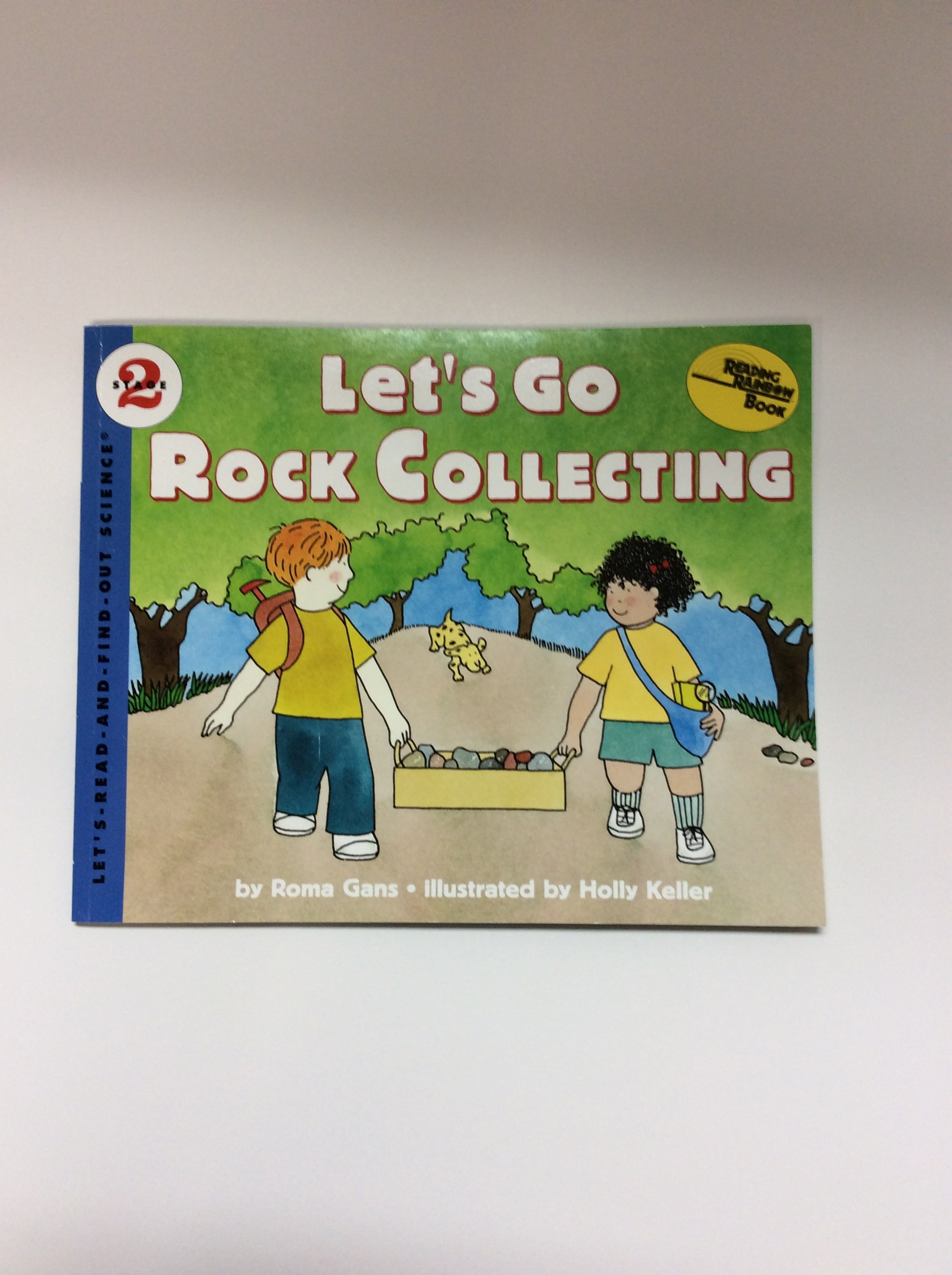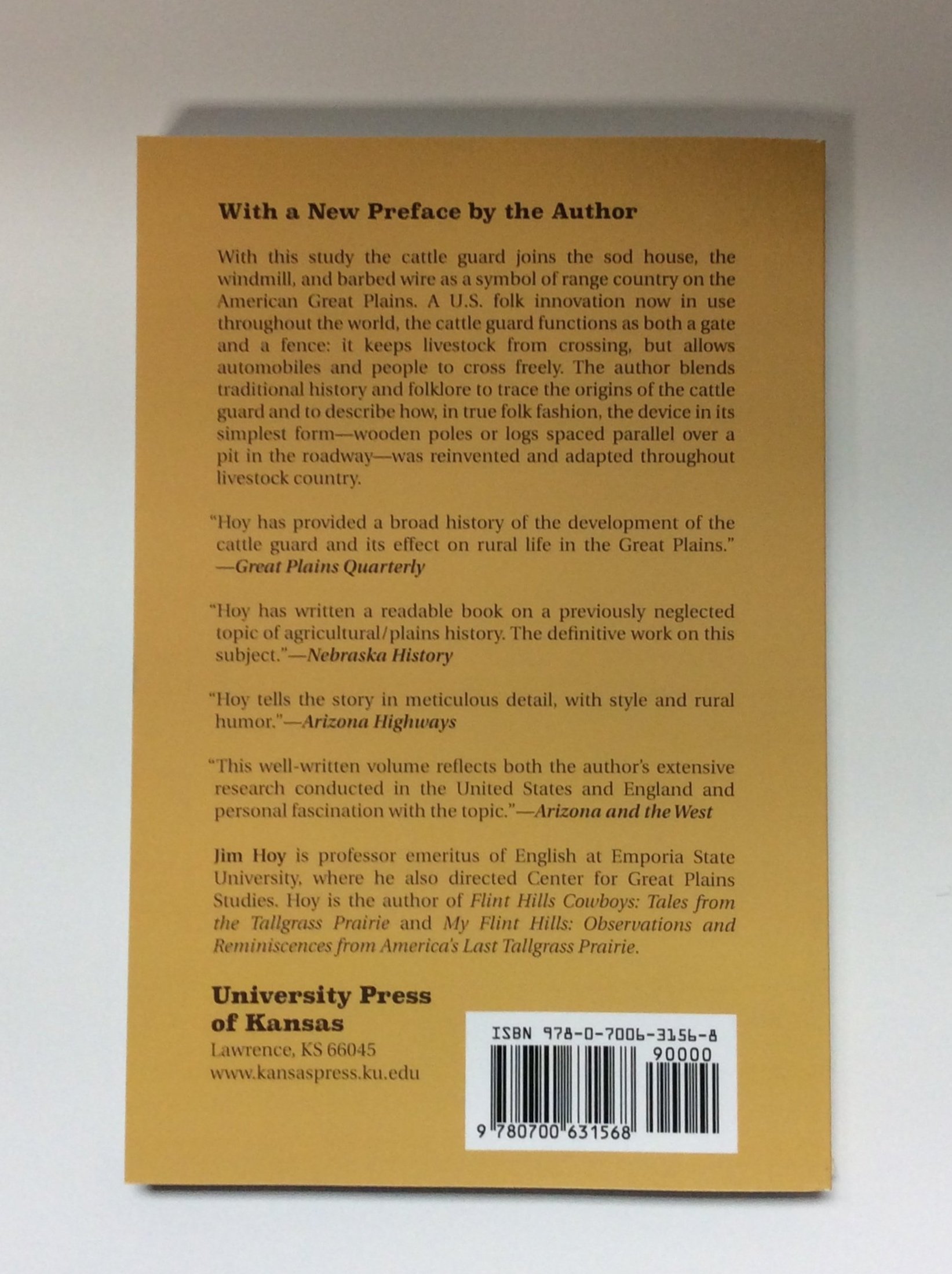 Image 1 of 2
Image 1 of 2

 Image 2 of 2
Image 2 of 2

The Last Wild Places of Kansas
Since the last wild bison found refuge on the back of a nickel, the public image of natural Kansas has progressed from Great American Desert to dust bowl to flyover country that has been landscaped, fenced, and farmed. But look a little harder, George Frazier suggests, and you can find the last places where tenacious stretches of prairie, forest, and wetland cheat death and incubate the DNA of lost, wild America. Documenting three years spent roaming the state in search of these hidden treasures, The Last Wild Places of Kansas is Frazier's idiosyncratic and eye-opening travelogue of nature's secret holdouts in the Sunflower State.
These are places where extirpated mammalian species are making comebacks; where flying squirrels leap between centuries-old trees lit by the unearthly green glow of foxfire; where cold springs feed ancient watercress pools; where the ice moon paints the Smoky Hill with memories of the buffalo wolf and the lonesome rattle of false indigo; where the blue lid of the sky forms a vacuum seal over treeless pastel hills, orange in winter; where bluestem rises. Some are impossible to find on maps. Most are magnificently bereft of anything beneficial to 99.9 percent of modern America. True wildernesses they may not be, but at the correct angle of light, when the wind blows pollen carrying biological memories of the glaciers, these places are a crack between the worlds, portals to the lost buffalo wilderness.
En route Frazier takes us from the unexpected wilds of the Kansas City suburbs to the Cimarron National Grassland in the far southwestern corner of the state. He visits ancient springs, shares a beer with prairie dog hunters, and fails in his mission to canoe the upper Marais des Cygnes--a trip that requires permission from every landowner on the route. Along the way we encounter a host of curious characters--ranchers, farmers, Native Americans, explorers, wildlife experts, and outdoor enthusiasts--all fellow travelers in a quest to know, preserve, and share the last wild places of Kansas.
Since the last wild bison found refuge on the back of a nickel, the public image of natural Kansas has progressed from Great American Desert to dust bowl to flyover country that has been landscaped, fenced, and farmed. But look a little harder, George Frazier suggests, and you can find the last places where tenacious stretches of prairie, forest, and wetland cheat death and incubate the DNA of lost, wild America. Documenting three years spent roaming the state in search of these hidden treasures, The Last Wild Places of Kansas is Frazier's idiosyncratic and eye-opening travelogue of nature's secret holdouts in the Sunflower State.
These are places where extirpated mammalian species are making comebacks; where flying squirrels leap between centuries-old trees lit by the unearthly green glow of foxfire; where cold springs feed ancient watercress pools; where the ice moon paints the Smoky Hill with memories of the buffalo wolf and the lonesome rattle of false indigo; where the blue lid of the sky forms a vacuum seal over treeless pastel hills, orange in winter; where bluestem rises. Some are impossible to find on maps. Most are magnificently bereft of anything beneficial to 99.9 percent of modern America. True wildernesses they may not be, but at the correct angle of light, when the wind blows pollen carrying biological memories of the glaciers, these places are a crack between the worlds, portals to the lost buffalo wilderness.
En route Frazier takes us from the unexpected wilds of the Kansas City suburbs to the Cimarron National Grassland in the far southwestern corner of the state. He visits ancient springs, shares a beer with prairie dog hunters, and fails in his mission to canoe the upper Marais des Cygnes--a trip that requires permission from every landowner on the route. Along the way we encounter a host of curious characters--ranchers, farmers, Native Americans, explorers, wildlife experts, and outdoor enthusiasts--all fellow travelers in a quest to know, preserve, and share the last wild places of Kansas.
Since the last wild bison found refuge on the back of a nickel, the public image of natural Kansas has progressed from Great American Desert to dust bowl to flyover country that has been landscaped, fenced, and farmed. But look a little harder, George Frazier suggests, and you can find the last places where tenacious stretches of prairie, forest, and wetland cheat death and incubate the DNA of lost, wild America. Documenting three years spent roaming the state in search of these hidden treasures, The Last Wild Places of Kansas is Frazier's idiosyncratic and eye-opening travelogue of nature's secret holdouts in the Sunflower State.
These are places where extirpated mammalian species are making comebacks; where flying squirrels leap between centuries-old trees lit by the unearthly green glow of foxfire; where cold springs feed ancient watercress pools; where the ice moon paints the Smoky Hill with memories of the buffalo wolf and the lonesome rattle of false indigo; where the blue lid of the sky forms a vacuum seal over treeless pastel hills, orange in winter; where bluestem rises. Some are impossible to find on maps. Most are magnificently bereft of anything beneficial to 99.9 percent of modern America. True wildernesses they may not be, but at the correct angle of light, when the wind blows pollen carrying biological memories of the glaciers, these places are a crack between the worlds, portals to the lost buffalo wilderness.
En route Frazier takes us from the unexpected wilds of the Kansas City suburbs to the Cimarron National Grassland in the far southwestern corner of the state. He visits ancient springs, shares a beer with prairie dog hunters, and fails in his mission to canoe the upper Marais des Cygnes--a trip that requires permission from every landowner on the route. Along the way we encounter a host of curious characters--ranchers, farmers, Native Americans, explorers, wildlife experts, and outdoor enthusiasts--all fellow travelers in a quest to know, preserve, and share the last wild places of Kansas.








